
The New Editorial brings together the best of journalism, strategy, product, and design to help organizations own their truth.
We’ve been telling the story of AI for a decade. From WIRED to Microsoft, deep learning to foundation models, we’re always close to the heart of the AI conversation.
What We Believe
Whether AI systems “think” is a fascinating philosophical question. But for businesses and brands, it’s also largely beside the point.
Generative AI—tools like ChatGPT and DALL-E—is made possible when prediction becomes cheap. But the technology itself is only a first-order effect. The impact of these foundation models depends on the downstream tasks to which they’re applied.
And those are up to us.
Realizing the creative potential of generative AI depends on a clear understanding of what work these tools can do—and should do. For brands, there’s the promise of efficiency, and the threat to authenticity. It can be an engine of inspiration and creativity, or misinformation and dilution. For all of us, uncovering the benefits and risks of generative AI is an ongoing process of discovery. But there’s one thing we know for sure: every brand needs an AI story. If you don’t tell yours, competitors—and the market—will tell it for you.
How to Get AI Wrong
You say you’ll use AI to increase diversity—
by replacing human models with deepfakes
Your employees use trade secrets as ChatGPT prompts—
now they’re out in the wild
You use AI to write an email pitch—
and it gets basic facts about you and your company wrong
You say you’ll use AI to automate processes—
by slashing headcount for human workers
Your competitor tells a compelling AI story—
and their shares soar
Yes, like any pivotal moment in technology, science, or business, the prospect of what lies beyond is both thrilling and daunting. But it’s an adventure we can’t afford not to undertake.
“What kind of civilization is it that turns away from the challenge of dealing with more intelligence?” asks Tyler Cowen. “We should take the plunge.”
From To
- Blank page
- Inspiration engine
- Author
- Editor
- Code
- Conversation
- Efficiency
- Authenticity
- Calculator
- Prediction machine
What We Know
The birth of AI dates back to the father of modern computing, Alan Turing, who in 1950 proposed his famous test to determine whether a machine could think. In the decades that followed, researchers would continue to pursue the dream of “artificial intelligence.” Predictable cycles of hype and disillusionment followed.
The evolution of AI took a decisive turn, however, in the early 2010s with the emergence of an approach known as deep learning. Built on a technology inspired by the intricate, interconnected neural pathways of the human brain, this technique gave computers the ability to teach themselves. They could spot patterns humans couldn’t—whether in a game of Go, an energy grid, or a global supply chain. The insights these algorithms afforded felt nothing short of superhuman.
Realizing AI’s potential depends on having a clear view of what it can do—and should do.
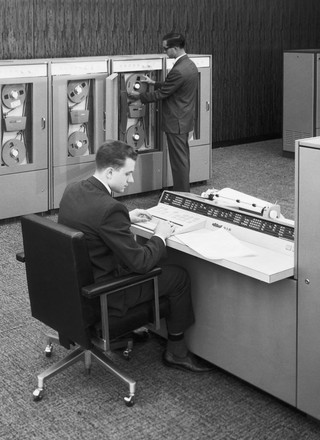
1945–1992
Machines for calculating
From rooms full of vacuum tubes to ever-smaller microprocessors, the digital revolution made it possible to do basic math at speeds no unaided human could ever hope to match. This capacity for calculation made possible everything from the moon landing to spreadsheets, robotic assembly lines to ATMs.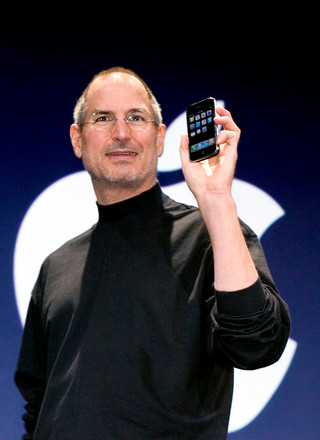
1993-2011
Machines for communicating
Once web browsers made the internet widely accessible, computers became, above all, a way to connect. As the marginal costs of the distribution of information approached zero, every facet of business, culture, and everyday life gained a digital dimension.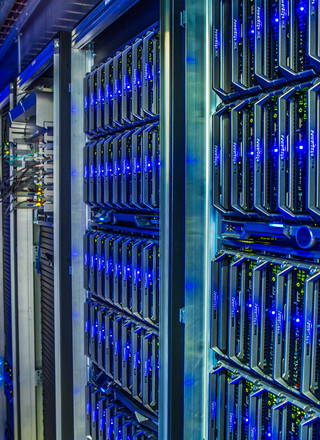
2012–Present
Machines for predicting
The internet and mobile devices led to a data explosion. The cloud made access to massive amounts of computing power trivial. These forces have spawned AI as we know it today: a technology that can intuit patterns in data to make predictions that can exceed any human capability—and sometimes seem shockingly human-like.
Today the predictive powers of AI have been used in ways that amaze not because they seem superhuman but because they appear to be all-too-human. Writing a birthday invitation or designing a book cover, crafting a business plan or coding a web page are tasks that humans perform every day. But as basic expressions of human creativity and consciousness, they have always seemed like abilities exclusive to us.
It’s in the compromising of this claim to human exclusivity where the sense of AI’s promise and peril ultimately lie. Who are we if we’re no longer the only ones with these skills? What value do we still provide? But also: what really can AI do? What are the limits? What’s the potential? These are the answers that we’re all seeking as we engage in the urgent work of uncovering the risks and opportunities AI brings—for your business, for your people, for your brand.
Who We Are
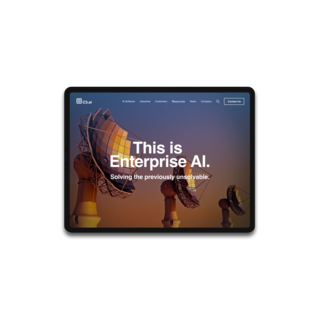

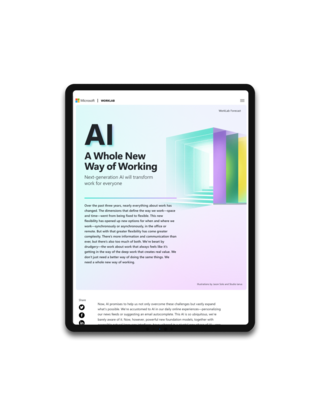
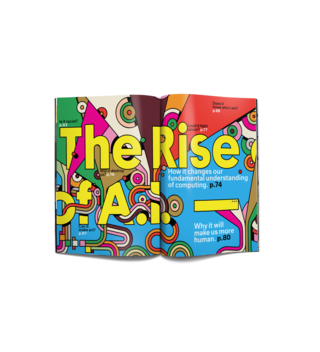
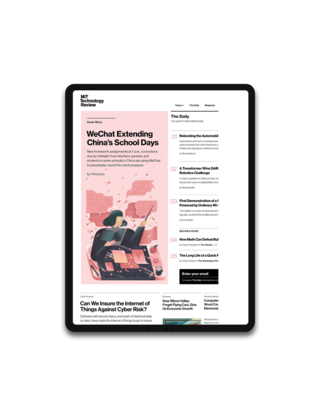
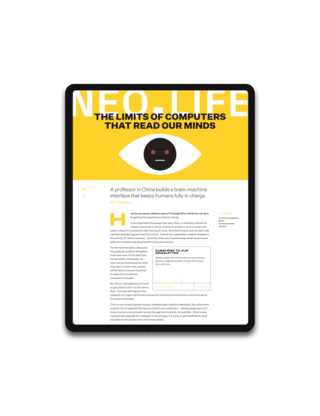

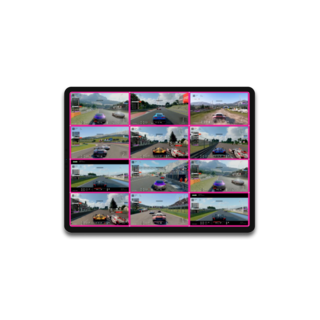
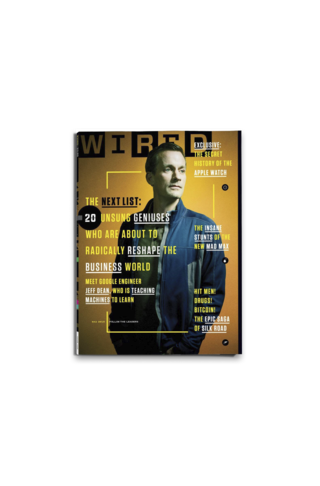
Our Work
The most advanced innovators in the field of AI—and the organizations with the most at stake—have trusted us to share their vision for the future and light a path to action.
The Fastest Path to Progress. How the convergence of AI, hybrid cloud, and quantum computing will accelerate scientific discovery, speeding solutions to some of the world’s most intractable problems.
1
The Fastest Path to Progress. How the convergence of AI, hybrid cloud, and quantum computing will accelerate scientific discovery, speeding solutions to some of the world’s most intractable problems.
A Whole New Way of Working. Infusing generative AI into the tools the world uses every day will unleash creativity, unlock productivity, and upskill millions of employees.
2
A Whole New Way of Working. Infusing generative AI into the tools the world uses every day will unleash creativity, unlock productivity, and upskill millions of employees.
The Making of GT Sophy. Behind the invention of an AI agent that can beat the world’s best human drivers at Gran Turismo, pioneering a new approach to how computers learn—and put that learning to use.
3
The Making of GT Sophy. Behind the invention of an AI agent that can beat the world’s best human drivers at Gran Turismo, pioneering a new approach to how computers learn—and put that learning to use.



